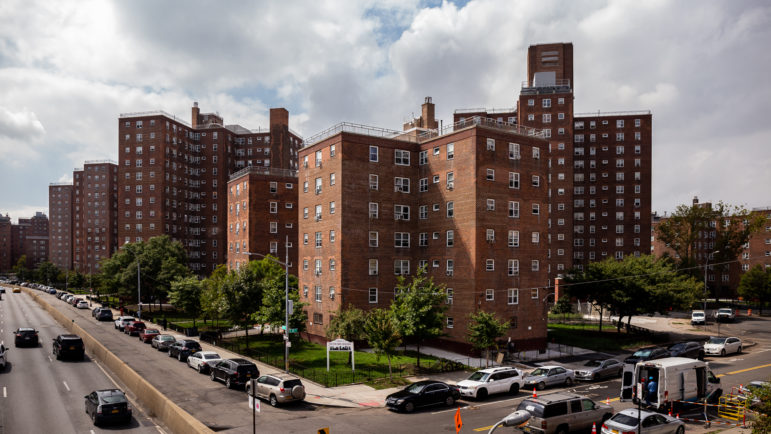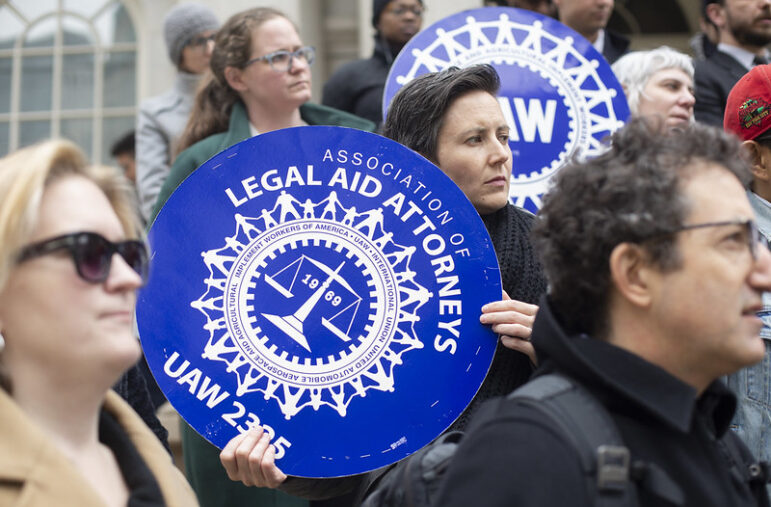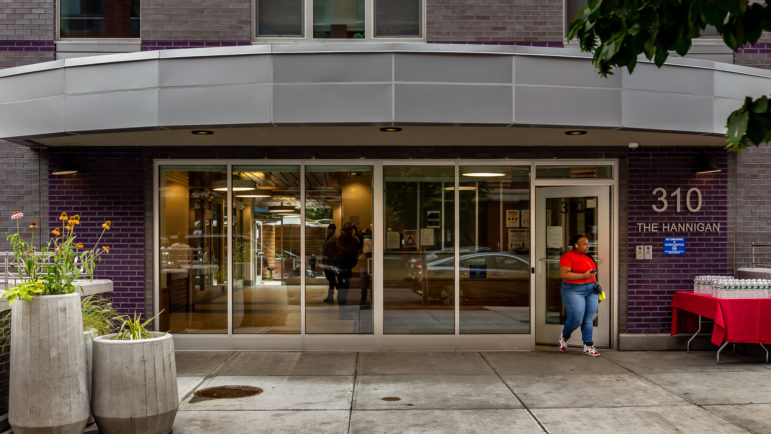New York has just come off a period of extraordinary expansion, yet the drop off in construction has been just as extraordinary.
From 2000 to 2008, the city gained 170,000 housing units. However, in 2009, new building permits issued dropped 90 percent, to the lowest level since 1992, according to NYU’s Furman Center. A return to the pace of the early 1990s should be as troubling as the burst of activity was to neighborhoods disrupted by the recent boom.
But the hangover from the great expansion of the last decade has not yet given way to the realization of the new reality. Policymakers must develop new strategies now, instead of waiting until 50,000 construction workers march on City Hall, as they did in 1991 to protest a slow down in the City’s infrastructure spending, the last reliable source of work at the time.
The Buildings Congress projects that residential construction spending will be only $1.9 billion in 2011 compared to $6.2 billon annually in 2006-2008. There are now some 692 stalled projects in the city, a 52 percent increase from just a year ago.
In 2011, government will represent 62 percent of all construction spending, the highest percentage since 1996. No wonder that the Buildings Congress forecasts only 120,700 jobs in 2011, compared to 131,400 in 2008, with thousands more at risk.
While government spending is projected to rise by $.5 billion in 2011, there are serious questions whether that level can be sustained as the mayor contemplates cutting capital spending by 20 percent, funding for the MTA is uncertain, work on the World Trade Center peaks and plans for the New Jersey-New York ARC tunnel are scrapped.
Many of the choices facing decision-makers are grounded in assumptions made during the boom. For example, the premise of the 2007 421-a tax incentives reform was that development would continue notwithstanding the loss of the benefits, or that developers would simply incorporate affordable housing within their sites. Reality has proven far more complicated, with no proven model for affordability within a condo structure, barriers to accessing government subsidies for small projects, a shortage of subsidy funding for eligible projects, and the elimination of all benefits for three-unit houses, the model for working class home ownership.
The 421-a law expires this month. Officials would be well-served by talking with the builders navigating these constraints and not merely assume that the lack of activity is solely attributable to lack of financing. Even if that is factor, the question remains what should be done.
Rather than looking to expand the incentives to kick-start building, some advocates are seeking to expand social benefits of the law by requiring that builders pay prevailing –union–wages.
This is an extension of a campaign to require prevailing wages for affordable housing subsidies, even if it means that fewer units are built. A similar clash over tax-exempt bonds for non-profit organizations led to the end of such financing. And some go further, urging that economic development incentives be withheld unless property owners require commercial tenants to pay workers at least a living wage. All of this notwithstanding that labor costs in New York City far exceed not only the national average but those of the next most expensive cities, such as San Francisco.
The building industry and construction unions are starting to come to grips with these issues, but other factors also contribute to the City’s construction costs being the highest in the country.
The Buildings Department had made great strides, yet developers continue to complain of unnecessary red tape. Delays and uncertainty in the process for new zoning has resulted in increasing resort to community benefit agreements, a process fraught with potential for corruption and distortion of the decision-making process, according to a report by the New York City Bar Association, while neighborhoods complain that the existing ULURP process does not sufficiently hear them.
This is not to suggest that any of the social goals are not worthwhile. Rather, in a time of shrinking budgets, stakeholders need to have a real-world understanding of the costs as well as the benefits so that they can conduct a frank conversation on how best to balance competing needs.








